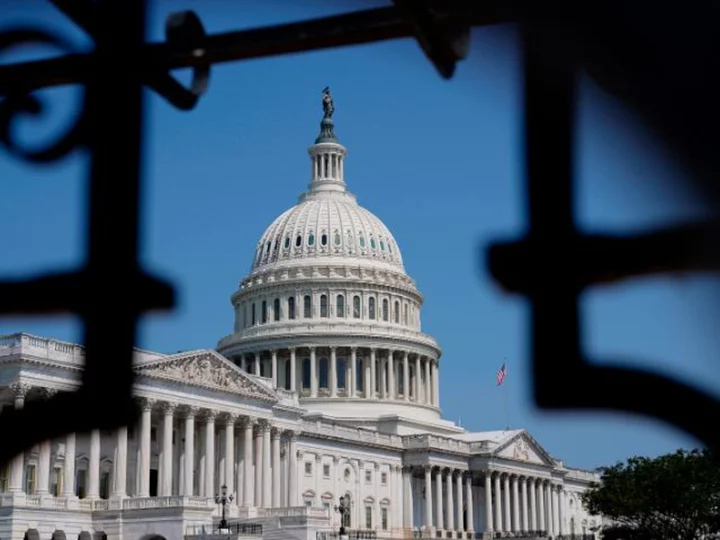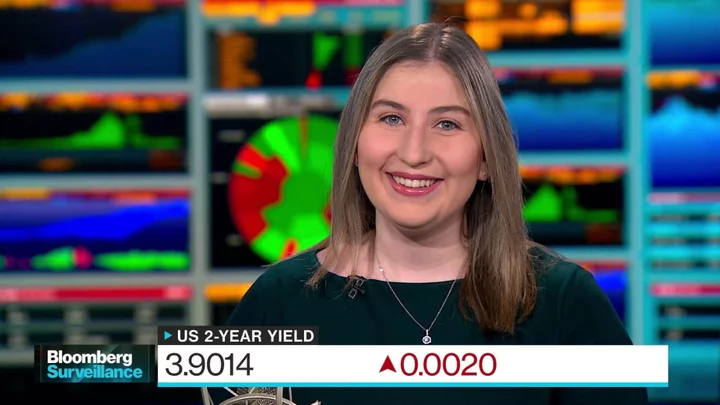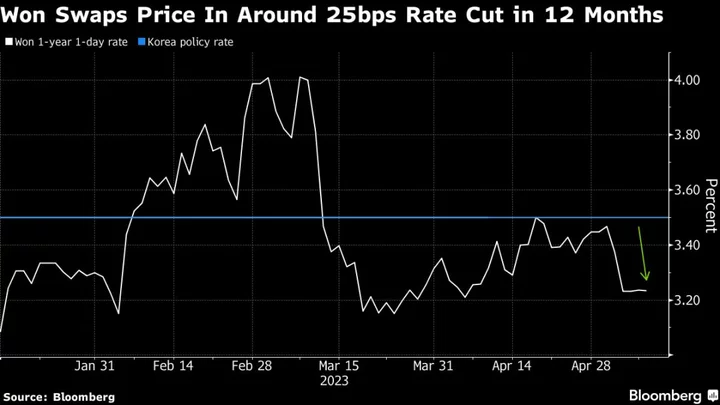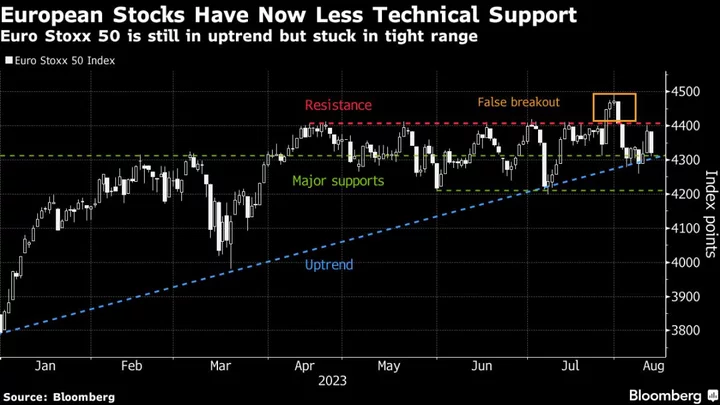A look at the day ahead in U.S. and global markets from Mike Dolan
Gatecrashed by an alarming backup in crude oil prices, this week's dominant event may be less decisive than at first glance as the U.S. Federal Reserve will be keen to keep all future policy options open.
Futures markets appear comfortable the Fed will at least pause its interest rate rise campaign on Wednesday. But updated quarterly economic and rate projections from its individual policymakers will map out the remainder of the year and 2024.
And just like global markets have been discombobulated this month, the central bank will be grappling with low visibility and a plethora of mixed signals.
The picture is no clearer for the Bank of England, which is set to deliver its final hike in the cycle to 5.5% on Thursday, or the Bank of Japan, which will be watched closely on Friday for any further increments in its gradual tightening process too.
Chief among the irritants for the central banks has been the rebound in crude oil price and the fading annual base effects that have flattered headline disinflation progress this year.
A combination of more Saudi and Russian supply cuts and a global demand spur at last from China's struggling economy late last week combined to drive U.S. crude prices to 10-month highs above $90 per barrel - a rebound of some 36% since midyear that brings year-on-year prices back into positive territory again.
That's been central to driving 10-year Treasury yields to near 16-year highs again on Monday at 4.4%, unsettling all markets and stock sectors that are highly sensitive to long-term borrowing rates and discount rates, and keeping the dollar pumped up. And speculators turned positive last week on the dollar's outlook against other G10 currencies for the first time in 2023.
While 'core' inflation rates excluding energy prices are what policymakers look to most closely for clues to sustained price pressures, higher energy costs seep into all price-setting processes and household demand calculations and are critical to inflation expectations.
And yet again, the picture there is clear as mud.
Headline inflation has been ticking up again while core rates are declining.
Public inflation expectations captured by the University of Michigan's monthly survey on Friday showed the one-year outlook fell to 3.1% - the lowest since March 2021 - and the five-year inflation view slid to a one-year low of 2.7%.
On top of that, monthly economic readings are likely to be sideswipe from months by a distortion to industrial and payroll stats from labor strikes at the big U.S. automakers. Some 12,000 auto workers walked out on Friday after the United Auto Workers union failed to get a deal on new contracts with Detroit's "Big Three" auto giants General Motors, Ford and Stellantis.
Adding to the supply-side confusion was a hit to chipmakers late last week from news that Taiwan's TSMC told its major suppliers to delay the delivery of high-end chipmaking equipment as the world's top contract chipmaker grows increasingly nervous about customer demand.
And the economic and political noises from China remain edgy and unclear.
Shares of embattled developer China Evergrande plunged 25% on Monday after police detained some staff at its wealth management unit, suggesting a new investigation that could add to the property company's woes.
With the property bust smouldering, the geopolitical backdrop is no better. But hopes for a U.S.-China summit later in the year were kept alive by background talks at the weekend.
Events to watch for on Monday:
* U.S. September NAHB Housing Market Survey, July TIC data on foreign holdings of U.S. Treasuries
* U.S. Treasury auctions 3- and 6-month bills
* European Central Bank Board Member Fabio Panetta speaks
(By Mike Dolan, editing by Bernadette Baum)









